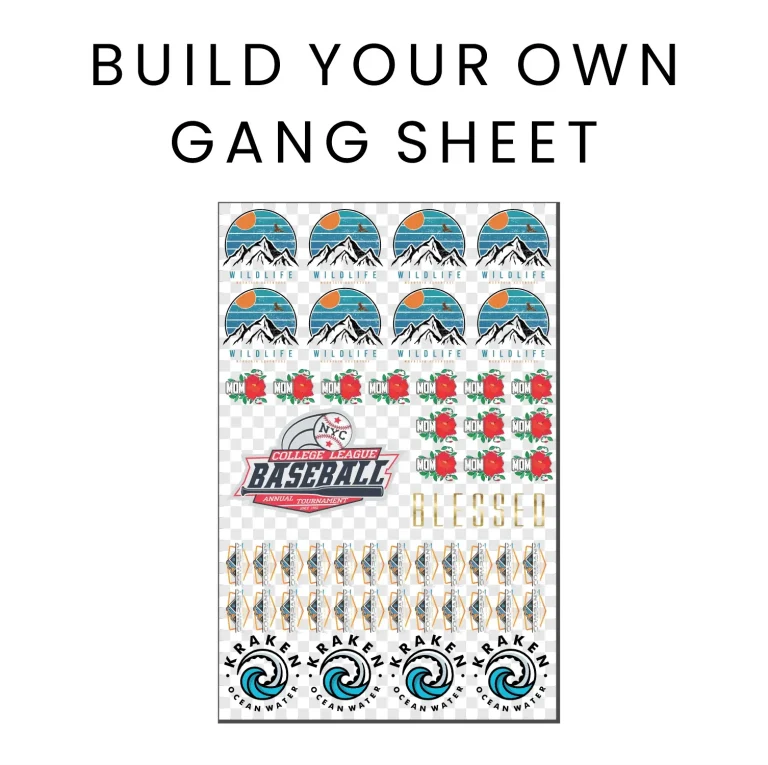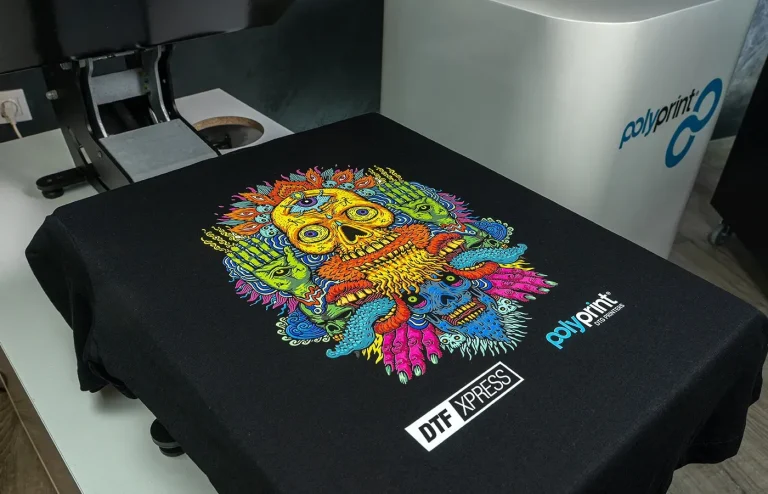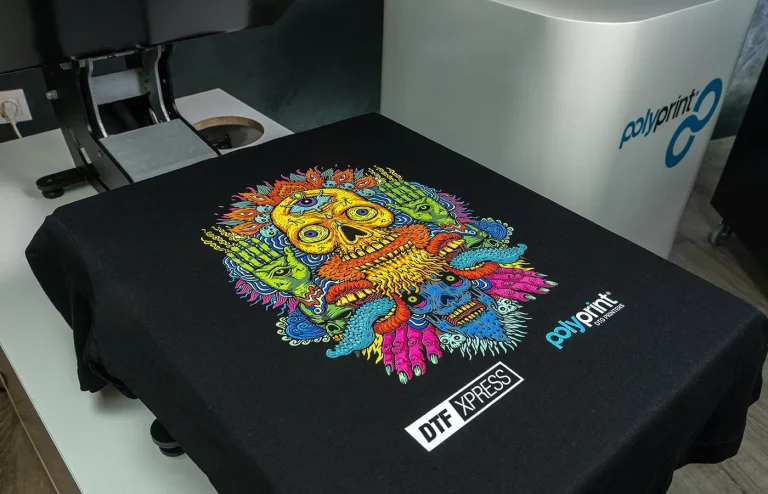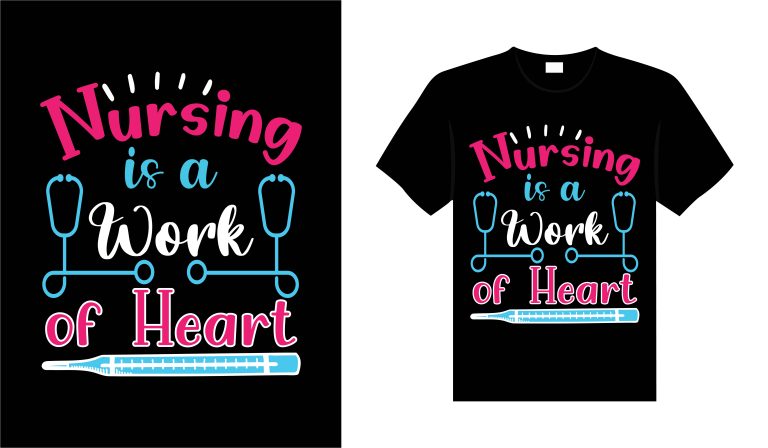DIY DTF Printing: Tips for Home-Based Entrepreneurs
DIY DTF Printing is revolutionizing the way home-based entrepreneurs approach custom apparel production. This innovative method, known as Direct to Film printing, allows for stunning designs to be imprinted on a variety of fabrics with remarkable ease and quality. As more individuals explore DTF printing for beginners, they discover not only the potential for vibrant and durable graphics but also the opportunity to establish a successful home-based printing business. With a few essential tools and the right DTF printing tips, anyone can start creating unique clothing items that cater to niche markets. Dive into the world of DIY DTF printing and unlock the creative possibilities for your brand!
Exploring home-based clothing production is becoming increasingly popular, particularly with techniques such as Direct to Film printing that simplify the design process. Known by its abbreviation DTF, this method entails printing images onto a special film, which is then heat transferred onto apparel. Newcomers to the custom printing scene often seek effective strategies to capitalize on this trend and maximize their creativity. The appeal of custom garment printing lies not only in the artistic expression it allows, but also in the potential to cultivate a thriving entrepreneurial venture from the comfort of one’s home. As we delve deeper into the nuances of this printing method, you’ll uncover essential insights and techniques that can help you stand out in the ever-evolving apparel market.
The Basics of DTF Printing for Beginners
DTF printing, which stands for Direct to Film printing, is an innovative technique that has quickly become a favorite among beginners looking to venture into custom apparel. This process utilizes a specialized film that receives a design printed from a high-quality DTF printer. Upon completion, powdered adhesive is applied, followed by heat pressing onto the garment. For beginners, understanding this basic workflow is critical for ensuring high-quality output and realizing the potential of the DTF method.
Entering the realm of DTF printing means you also need to familiarize yourself with its nuances, from setting up the printer appropriately to selecting the right film. It’s essential that first-timers invest time in learning the intricacies of graphic design software, as creating engaging visuals can make a significant difference in the popularity of the final product. Familiarity with the Direct to Film printing process also aids in troubleshooting common issues, allowing beginners to swiftly transition from concepts to actual outputs.
Essential Equipment for DIY DTF Printing
When starting a DIY DTF printing venture, selecting the right equipment is pivotal for success. This includes not only a reliable DTF printer, but also a heat press that matches your production needs. A quality printer will help achieve vibrant color reproductions and ensure that designs are printed sharply on DTF film, whereas an effective heat press guarantees proper adhesion of prints to fabrics. Entrepreneurs should consider options like the Epson EcoTank, known for its efficiency, or look into specific DTF printers designed for high-quality outputs.
Additionally, investing in appropriate design software is paramount. Utilizing tools such as Adobe Illustrator or CorelDRAW allows for the precise crafting of designs tailored to your customer base. By combining a high-performing DTF printer with an effective heat press and professional-grade design software, you create a robust foundation for your custom apparel printing business that is ready to meet market demands.
Understanding the DTF Printing Process
The DTF printing process unfolds sequentially, beginning with creating your design on software before bringing it to life on film. After printing the design, applying a powder adhesive is crucial as it bonds the print to the fabric during the heat pressing stage. Each step must be completed with careful attention to detail; any lapse might compromise the quality of the final product. By mastering these processes, DIY entrepreneurs set the stage for achieving successful, professional outcomes that can attract customers.
Following the initial steps, the final heat pressing is arguably the most thrilling part of the DTF printing process. Here, the amalgamation of heat and pressure activates the adhesive, allowing the printed film’s design to merge seamlessly into the fabric. This stage requires familiarization with temperature and pressure settings, which vary based on the type of fabric and adhesive used. Successfully navigating this step exemplifies the blend of technical precision and artistry that defines the DTF printing experience.
Important DTF Printing Tips for Success
For those new to DIY DTF printing, understanding the importance of proper materials and techniques can significantly impact the business’s success. One crucial tip is to always use high-quality DTF film and specialized inks, which are vital for achieving vibrant colors and long-lasting prints. Brands like Siser and Axiom are popular choices amongst seasoned printers, ensuring that the output not only looks good but withstands regular wear.
Moreover, regular maintenance of your equipment, particularly the printer, should not be overlooked. Common issues like ink clogging can be easily avoided with consistent cleaning and periodic checks. Setting a maintenance schedule will help keep your equipment in optimal condition, guaranteeing seamless operation as you expand your home-based printing business.
Effective Marketing Strategies for Your DTF Printing Business
In the competitive landscape of custom apparel, having robust marketing strategies is essential for standing out. Building an online presence through a dedicated e-commerce website allows potential customers to easily view and purchase your products. Leveraging social media platforms like Instagram and Facebook can also enhance visibility; sharing engaging content such as behind-the-scenes looks at the printing process can captivate an audience and drive sales.
Additionally, exploring online marketplaces like Etsy can broaden your reach exponentially. Since these platforms cater to handmade and custom items, you can tap into a niche audience that appreciates the uniqueness of DTF printed products. Coupled with targeted advertising, your marketing efforts will attract a more diverse customer base, enhancing the overall visibility and profitability of your printing business.
Overcoming Challenges in DTF Printing
Starting a DIY DTF printing business comes with its share of challenges. Common issues may include troubles such as ink clogging, which can be frustrating for newcomers. To mitigate these types of challenges, it’s essential to implement a routine maintenance plan – ensuring long periods without printing do not lead to clogs. Creating preventative measures contributes greatly to smooth operability in the long term.
Another focal challenge is maintaining consistent quality throughout the printing process. Sourcing high-quality materials, such as DTF film and inks, is crucial to prevent issues with adhesion and print clarity. By aligning with reputable suppliers and prioritizing quality over cost, you can avoid compromising your printed output, which is essential for building trust with your customers.
Frequently Asked Questions
What is DIY DTF printing and how does it work?
DIY DTF printing, or Direct to Film printing, is a technique where designs are printed onto special film and then transferred onto fabrics using a heat press. This process allows for vibrant and durable prints, making it popular for custom apparel and home-based printing businesses.
What equipment is essential for starting a DIY DTF printing business?
To start DIY DTF printing, you will need essential equipment such as a reliable DTF printer, a heat press, and design software. These tools are crucial for creating high-quality prints and ensuring successful transfers onto garments.
What are the best DTF printing tips for beginners?
For beginners in DIY DTF printing, focus on using high-quality films and inks specifically designed for DTF applications. Additionally, ensure regular maintenance of your printer and heat press settings to achieve optimal results. Joining online communities can also provide valuable tips and troubleshooting strategies.
How can I effectively market my DIY DTF printing products?
To market your DIY DTF printing products, establish a strong online presence through a professional e-commerce website and social media platforms like Instagram and Facebook. Engaging with target demographics and leveraging marketplaces such as Etsy can also help attract customers to your custom apparel.
What are common challenges faced in DIY DTF printing and their solutions?
Common challenges in DIY DTF printing include ink clogging and film quality issues. To mitigate these, perform regular maintenance on your printer and source high-quality DTF films from reputable suppliers, ensuring consistent and vibrant results in your prints.
How does the Direct to Film printing process differ from other printing methods?
The Direct to Film printing process differs from other methods, like screen printing, by allowing for more detailed designs and vibrant colors on various fabric types. With DTF printing, designs are printed on film and can be transferred easily, providing flexibility and efficiency for custom apparel production.
| Key Point | Details |
|---|---|
| Understanding DTF Printing | DTF printing involves printing designs on a film, which is then heat pressed onto fabrics, providing vibrant colors and durability. |
| Equipment Needed: DTF Printer | A reliable DTF printer like Epson EcoTank, known for quality output is important. |
| Equipment Needed: Heat Press | Choose a heat press with adjustable settings for precision in transferring designs. |
| Equipment Needed: Design Software | Software like Adobe Illustrator or CorelDRAW is essential for creating designs. |
| Materials Required | High-quality DTF films and specially formulated inks are critical for durability and print quality. |
| DTF Printing Process | The process includes creating designs, printing on DTF film, applying adhesive, and heat pressing. |
| Marketing Strategy | Build an online presence on platforms like Etsy and use social media to showcase products. |
| Common Challenges | Ink clogging and film quality issues can arise, requiring regular maintenance and careful sourcing. |
| Community Engagement | Join online forums and groups to connect with fellow DTF printers for support and advice. |
Summary
DIY DTF printing offers a fantastic avenue for home-based entrepreneurs eager to dive into the world of custom apparel. This innovative method not only caters to the pressing demand for personalized clothing but also ensures that creators can produce high-quality, durable prints. With the right understanding of the process, investment in suitable equipment, and effective marketing strategies, anyone can develop a successful DIY DTF printing business. By continually improving on techniques and staying abreast of industry trends, aspiring entrepreneurs can harness the creative potential of DTF printing and actualize their business dreams.







